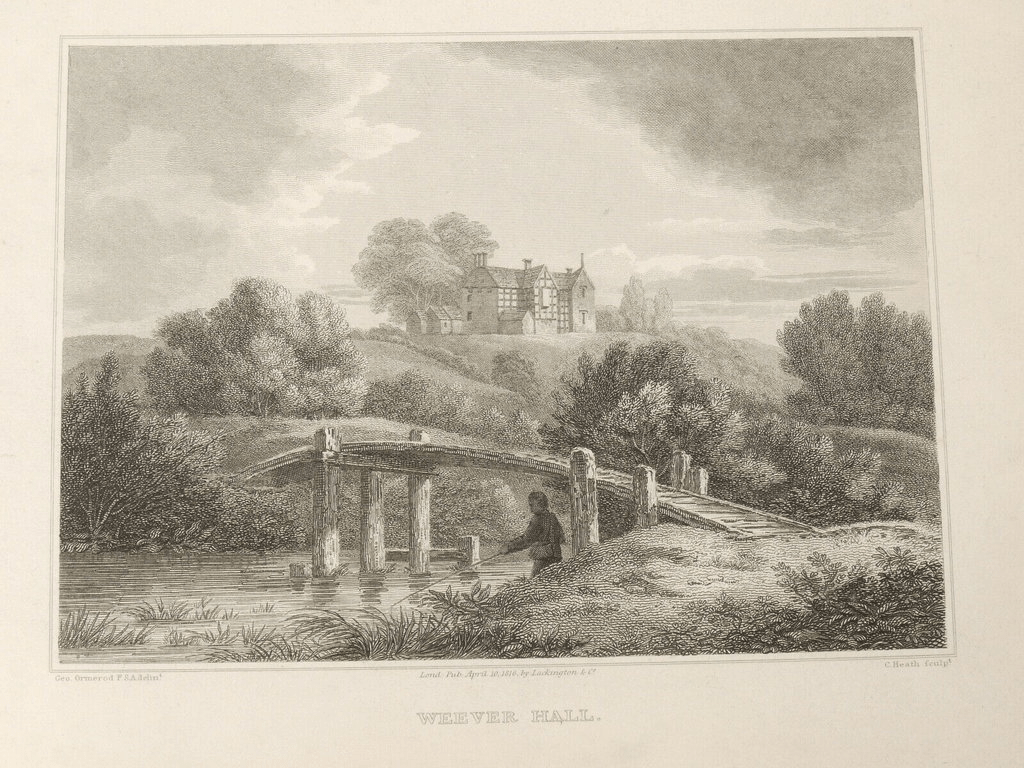Facebook post #034 (Sep 2020)
New! In around 380, a chap called Cunedda from Clackmannanshire was redeployed by the Romans from Hadrian’s Wall to put down a rebellion in what is now North Wales. When the Romans went home, he stayed – and stayed in charge, founding the royal house of Gwynedd. Wikipedia documents the next 23 generations of his descendants, to Cadwgan ap (son of) Bleddyn of Powys, born 1075. (Cunedda is one of those people who doesn’t need a surname, which is just as well, as they didn’t exist). By this time Powys was in the hands of the Marcher Lords, and the chieftains had lost most of their power.
Just a little earlier, the Saxon king, Edward the Confessor had given the scattered settlement of Weaver in Cheshire (see post 24) to a Norman nobleman (he liked Normans). The nobleman took the name of the locality and become a De Wever. This is recorded in the Domesday Book; Papal Bulls from a couple of hundred years later show that the land was still in the family.

A large timber-framed manor house known as Weever Hall became the seat, with other family at Weaverham (as post 24). Some of the younger sons moved out to Shropshire and Herefordshire, forming a distinct branch of the family.

Around the end of the C13, Cadwgan’s 4th great-grandson, Ieuan ap Madoc married a daughter of the Herefordshire Weaver family, and named his son Humphrey Weaver. This marked a shift away from a Welsh identity at just the time the nation was subdued.
Two hundred years later, Thomas and William Stanley led their army to the decisive intervention in the Battle of Bosworth which brought the Tudor dynasty to power, and probably a change of religion for the Weaver family. The Tudor monarchs were, incidentally, also descended from Cunedda. The Stanleys’ big brother John married the heiress of Thomas de Weever, and became master of Weever Hall. Meanwhile, The Herefordshire Weavers were still in the debatable lands.
In 1716, Samuel Weaver was born in Bewdley: tentatively, I think that he was my 7th great-grandfather. This week, Ancestry has updated my likely ethnicity, and for the first time, Wales and the marches are shown as separate and significant. The ‘h’ in my surname came in later (John Wheaver, the gardener – see post 24).
In 1620, Clement Weaver had been born in Glastonbury. He was an anglican, not a puritan, but he joined the Great Migration to the Massachusetts Bay Colony. He married a Quaker, fell out with the puritans, and moved to Rhode Island. Here he became a member of the House of Deputies, and founded a dynasty of his own. His farm stayed in the family for two hundred years. Other than those who anglicised Weber, every American Weaver is a descendant, and there was always a tradition of Welsh descent in every branch. Indeed, like those of many other names, it is probably one global clan.
In the early C20, the family decided to explore their history and deputed people to England to investigate. In 1928, they compiled a meticulously researched genealogical book. A newly unearthed digital copy provided the backbone for this post.
In 1986, Sigourney Weaver, of this parish, saved the world.
